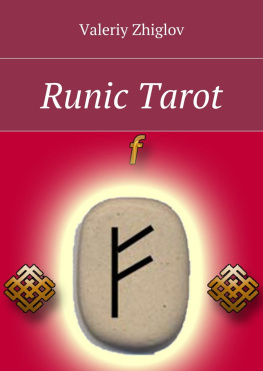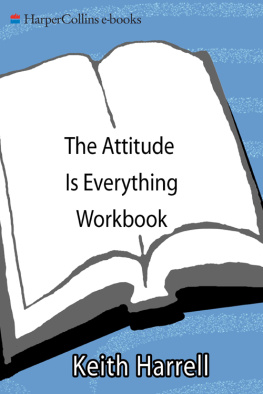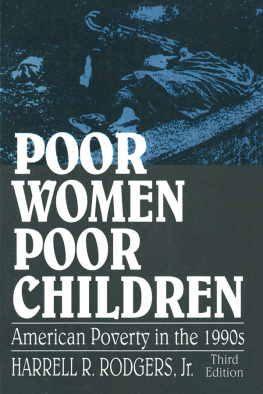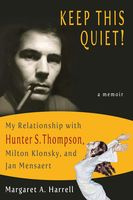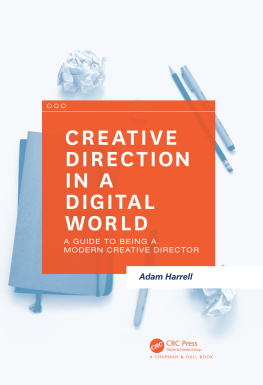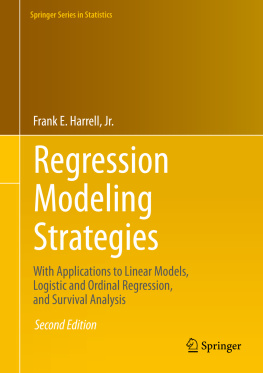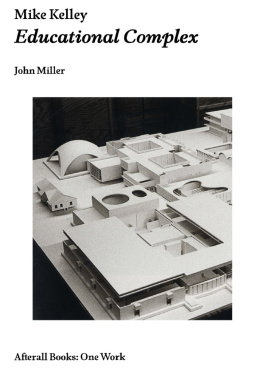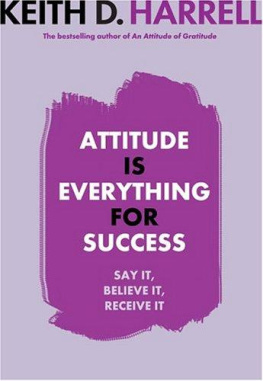S. Kelley Harrell - Runic Book of Days
Here you can read online S. Kelley Harrell - Runic Book of Days full text of the book (entire story) in english for free. Download pdf and epub, get meaning, cover and reviews about this ebook. year: 2018, publisher: Inner Traditions/Bear & Company, genre: Religion. Description of the work, (preface) as well as reviews are available. Best literature library LitArk.com created for fans of good reading and offers a wide selection of genres:
Romance novel
Science fiction
Adventure
Detective
Science
History
Home and family
Prose
Art
Politics
Computer
Non-fiction
Religion
Business
Children
Humor
Choose a favorite category and find really read worthwhile books. Enjoy immersion in the world of imagination, feel the emotions of the characters or learn something new for yourself, make an fascinating discovery.

- Book:Runic Book of Days
- Author:
- Publisher:Inner Traditions/Bear & Company
- Genre:
- Year:2018
- Rating:3 / 5
- Favourites:Add to favourites
- Your mark:
- 60
- 1
- 2
- 3
- 4
- 5
Runic Book of Days: summary, description and annotation
We offer to read an annotation, description, summary or preface (depends on what the author of the book "Runic Book of Days" wrote himself). If you haven't found the necessary information about the book — write in the comments, we will try to find it.
Runic Book of Days — read online for free the complete book (whole text) full work
Below is the text of the book, divided by pages. System saving the place of the last page read, allows you to conveniently read the book "Runic Book of Days" online for free, without having to search again every time where you left off. Put a bookmark, and you can go to the page where you finished reading at any time.
Font size:
Interval:
Bookmark:
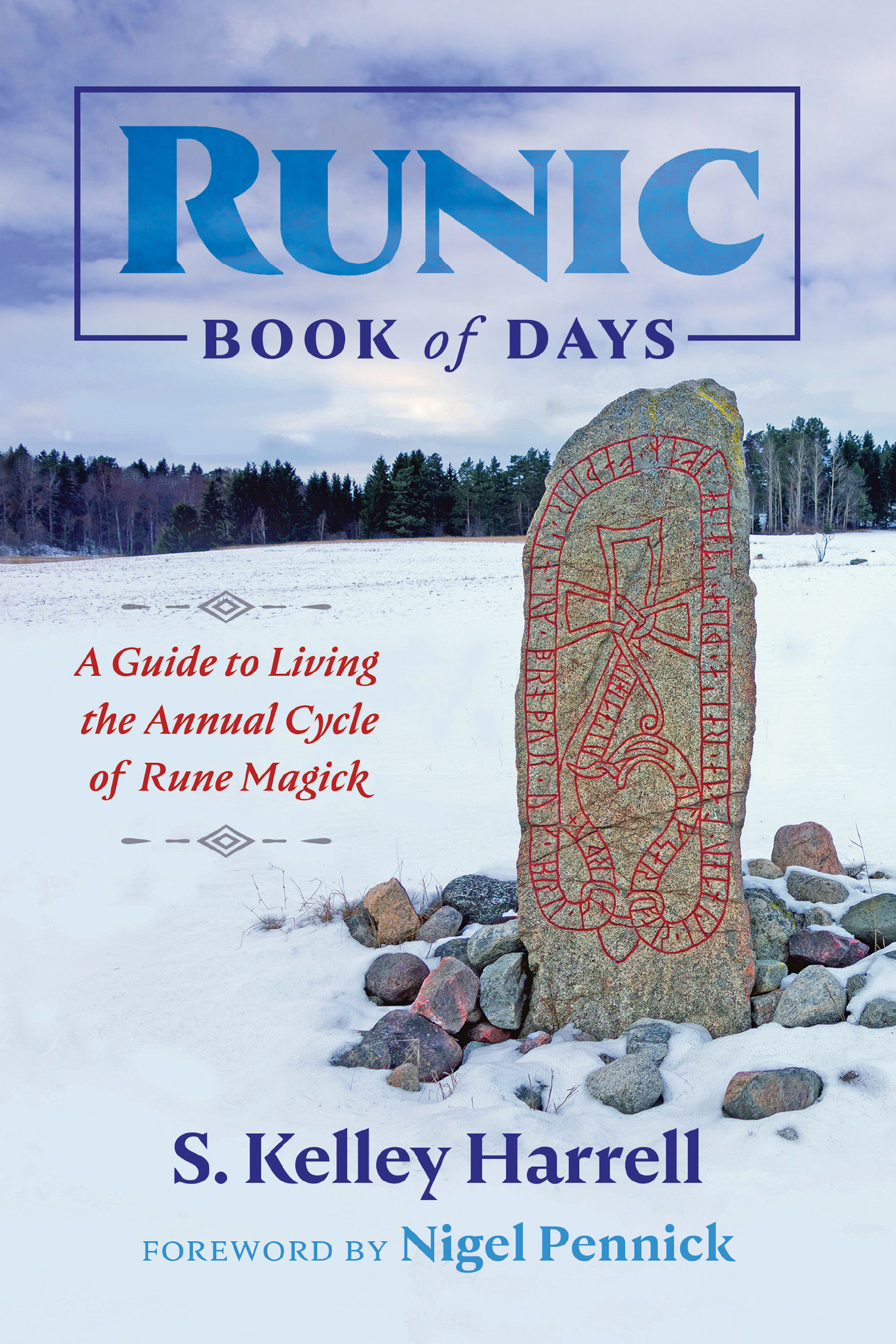


To Kerry and the power of stories through time.
Acknowledgments
Many thanks to the celestially auspicious alignments that helped birth this book.
Thanks to the rune spirits that have sustained me.
Thanks to Natalie Kimber for her bravery and continuous encouragement.
Much gratitude to Nigel Pennick for sharing his scholarship of the runes all these years and for his contributions to this book.
Thanks to the staff of Inner Traditions, particularly Jon Graham, Erica Robinson, Meghan MacLean, and Cannon Labrie.
Thanks for the cheers, support, and grounding love of my family.
Foreword
By Nigel Pennick
Runes have existed in unbroken continuity since their inception more than two thousand years ago. Runic is a time-honored mystical alphabet where each letter has a specific meaning. Each letter embodies an intention laden with deep significance and symbolism that denotes profound connections in the natural world and within the human psyche. Often those who know little about the runes view them as just another means of fortune-telling similar to tarot cards. Indeed, most people come to know the runes through using them as an oracle. But their admirable usefulness in divination is only one small part of their richness. In the Runic Book of Days Kelley Harrell explains how, in addition to being a deeply revelatory oracle that gives us insights into present conditions, the runes are also a useful tool for personal growth. Even as an oracle, casting the runes, whose techniques she details in this book, sometimes gives startling results.
The runes first came to prominence in the European spiritual current known as the Northern Tradition in what is now Austria, Germany, the Netherlands, Scandinavia, and England. Although they, like everything else, have a localized origin, they embody the universal principles that underlie existence. Runes emerged from the most fundamental aspects of human life on Earth and the structure and cycles of the Cosmos. They express the core of universal existence.
According to Northern Tradition teachings, the Norse god Odin Allfather, revealer of the runes to the human race, has two attendant ravens called Huginn and Muninnthought and memory. Each day they fly across the world, observing. These fast-flying birds are symbolic of thought, our consciousness of our being and actions; and memory, our collective history and the sacred observances that are at the root of our being fully human. Everything described by humans must be understandable in human terms, and archetypal symbols embody profound truths. These descriptions, present in the runes, are interpretations of reality according to the innermost structure and function of human consciousness. As Kelley Harrell explains, our most challenging task as humans is finding meaning in self and the world around us. The runes give us a unique means of addressing this existential problem. To those who learn how to use them, the runes can become a spiritual focus that is valuable in our everyday living. Kelley points out that the runes capture the essence of the process of the soul in form, then deliver the wisdom of that story in small, relatable bits. The runes are not an end in themselves. They are a means of achieving personal growth, of embodying spirit through form, of creating manifestation.
Every human spiritual tradition knows that everything takes place in its proper season, in its appropriate time. The old saying History repeats itself is a recognition of this. As that sharp observer of human life Mark Twain put it, By the law of periodical repetition, everything which has happened once must happen again and againand not capriciously, but at regular periods. Every process in the universe is cyclic, from the rotation of galaxies over vast expanses of time, to the extremely rapid vibration of subatomic particles in fractions of a second. Ancient wisdom taught that each element has its harmonic vibration, which affects us, whether or not we know it. Our direct personal experience is the human cycle of birth, life, and death within the framework of natural cycles of the seasons. Through the runes, we can have a purposeful relationship to Nature through the seasonal round.
Nothing in life and Nature stands still. Every year there is periodical repetitionthe equinoxes when daylight and darkness have the same length, and the solstices when the longest and shortest days occur. From midsummer, when daylight is the longest and the night the shortest of the year, the length of days shortens until at the Autumnal Equinox day and night are equal. After the equinox, nights are longer than daylight, until at the Winter Solstice the day is the shortest and the night the longest. After the longest night, daylight again begins to increase, day by day, until the Vernal Equinox, when again daylight and darkness are in equilibrium. Subsequently, days are longer than the nights and increase in length until we are back at the Summer Solstice again. This is the reality of life on Earth.
The solstices and equinoxes have been celebrated for thousands of years and marked with particular rites and ceremonies. Contemporary life, especially in cities, reduces peoples awareness of the natural cycles of time. Only national holidays, most of them unrelated to the cycles of Earth and Sun, punctuate an otherwise continuous and hectic schedule. In the city the seasonal sentiment is less apparent than in the country. Between the equinoxes and the solstices are customary sacred festivals derived from European traditional spirituality: the four fire festivals, or cross-quarter days. They are often called by their familiar Celtic names but also have equivalents in Anglo-Saxon, Norse, and Christian traditions. The equinoxes, solstices, and the four fire festivals make eight festivals in all. Together they mark the turning of the year. These are the sabbats of many contemporary Pagan practitioners, and key initiatory days in this book. Symbolically these sabbats serve to remind us of those who came before us, who were born, lived, and died within the same circling wheel of time in which we find ourselves.
Annual repetition underlies all these spiritual pathways, embedded in the turning of the year. Observing these festivals with runic awareness deepens our relationship to nature and to time. A structured cycle of exercises and meditations, the sequence of initiations explained by Kelley Harrell in this book, enable seekers to repeat them annually on the right day, thereby deepening their experience and awareness at each turn of the wheel of time. It is necessary to keep up the day as we say of our ancestral traditions in East Anglia.
The constant cycles that take place in time continually redefine the balance of forces according to their place in the cycle. Each rune corresponds with a particular point in the annual cycle, indicating forces that are in progress at that point in time. The cycle itself is an ever-flowing process, not a fixed state. The dualities expressed in the runes are not competing dualities in a zero-sum game, rather the two opposite parts are two different elements of the same process. One cannot exist without the other: order-chaos, day-night, light-dark, summer-winter, ascent-descent, growth-decline, life-death. Each point in the cycle is a time of transition from one state to the next.
We are all stray singers in the world; things are always changing, and we must live according to the present circumstances. We are engaged in a dynamic interaction with events. The runes as an oracle enable us to elucidate our options for the present and the future. In traditional understanding, luck is viewed not as unpredictable, capricious chance but as a force that ebbs and flows according to cyclic principles. It is often said of successful people that they make their own luck. But rather than directly taking on fate by force, which is impossible, the runes enable us to align ourselves with the ebb and flow of fortune and live life creatively attuned to the cycles of nature in a purposeful way. This gives us limitless possibilities, meaningful results that reveal truths and potentials we could never have thought possible at the beginning of the journey.
Font size:
Interval:
Bookmark:
Similar books «Runic Book of Days»
Look at similar books to Runic Book of Days. We have selected literature similar in name and meaning in the hope of providing readers with more options to find new, interesting, not yet read works.
Discussion, reviews of the book Runic Book of Days and just readers' own opinions. Leave your comments, write what you think about the work, its meaning or the main characters. Specify what exactly you liked and what you didn't like, and why you think so.

